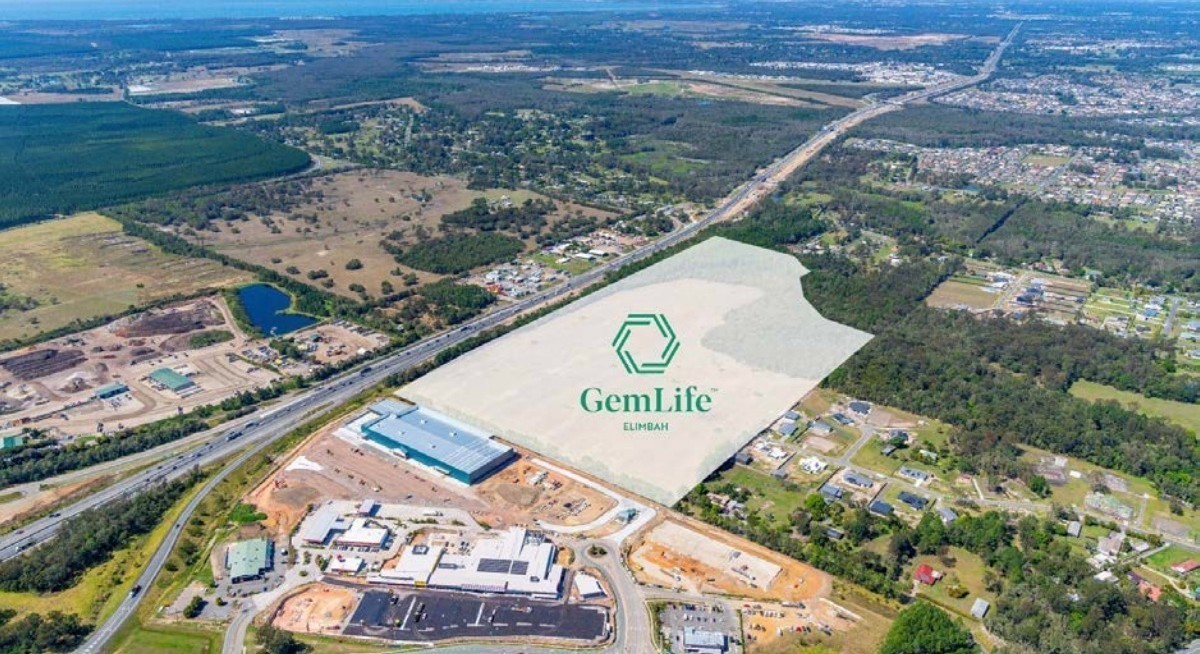GemLife will start trading in Sydney on July 3, following a A$750 million initial public offering — the largest in Australia this year. The listing values the two men’s combined stake at about A$417 million, according to Bloomberg’s calculation.
“We are a founder-led pioneer business. What makes us so unique is the fact that we build our own product,” said CEO Adrian Puljich, 37, in an interview. “Every single touch point in the life cycle of GemLife Communities is dealt with by the GemLife builder.”
GemLife operates at the luxury end of Australia’s land-lease community sector, where residents aged 50 and over buy a home — usually prefabricated — and lease the land it stands on. In exchange for a weekly fee of between A$230 and A$250, they have access to facilities such as gyms, pools, bowling alleys, cinemas and country clubs.
While the land-lease and manufactured home industry is long-established in the US — having significantly contributed to the fortunes of billionaires like the late Sam Zell — it remains less mature in Australia. But demand is growing, driven by an ageing population and an overheated property market that has intensified the need for affordable retirement housing.
See also: Ultragreen.ai launches IPO at US$1.45 each, aims to raise US$400 million in gross proceeds
Australia’s land-lease sector is forecast to see annual revenue growth of 5% to 7% over the next five years, as existing communities expand and new sites are developed, Colliers International Group Inc. said in a November report.
Adrian Puljich said GemLife sells houses ranging from A$600,000, below the average house price in Australia, to A$2 million.
“Encouraging older Australians to downsize also contributes positively to the broader property market, opening much-needed family-sized housing for younger buyers,” Adrian Puljich said last year.
See also: Grab-backed Super Bank seeks up to US$186 mil in Jakarta IPO
Gold Coast
After the completion of the initial public offering (IPO), GemLife will have a portfolio of 32 communities, projects and sites in its pipeline, with a total number of homes just short of 10,000, according to the IPO prospectus. They are located across Queensland, New South Wales and Victoria.
The company will use part of the IPO proceeds to fund the A$270 million acquisition of eight projects under the Aliria portfolio, another firm that was founded separately by Adrian Puljich and is entirely owned by him.
GemLife structured the offering as a stapled security — an instrument often used in Australia, where it combines at least two securities that are traded as one. After the listing, Adrian Puljich will hold about 17.6% of GemLife securities, followed by Thakral Capital with 16.7% and Peter Puljich with 8.8%, according to the prospectus.
“In the Australian stock market, we don’t have much exposure to residential construction or residential building material space anymore,” said Jun Bei Liu, founder and lead portfolio manager at Ten Cap, which was a cornerstone investor in the IPO. “So this lifestyle space, retirement living, is a derivative of the housing market.”
Growing sector
A year ago, Hong Kong-based real estate private equity firm Gaw Capital Partners and Australian alternative real estate fund manager GreenFort Capital created a joint venture to acquire and develop a pipeline of A$800 million in projects focused on communities for people over 50.
To stay ahead of Singapore and the region’s corporate and economic trends, click here for Latest Section
Locally-traded property giant Stockland has been expanding within the segment under the brand Halcyon, which it bought in 2021 for A$620 million.
The land-lease community sector, with its steady, annuity-style income streams, has been attracting institutional capital in Australia, with joint ventures and significant investments in recent years.
Two peers to GemLife are already listed in the Australian market — South Melbourne-based Lifestyle Communities, with a market capitalisation of about A$860 million, and Ingenia Communities Group, headquartered in Sydney and valued at about A$2.2 billion.
Limitations of the land-lease communities include fees that can potentially increase over time and regulations that are made at the state level, resulting in considerable variation between jurisdictions. — Bloomberg.




